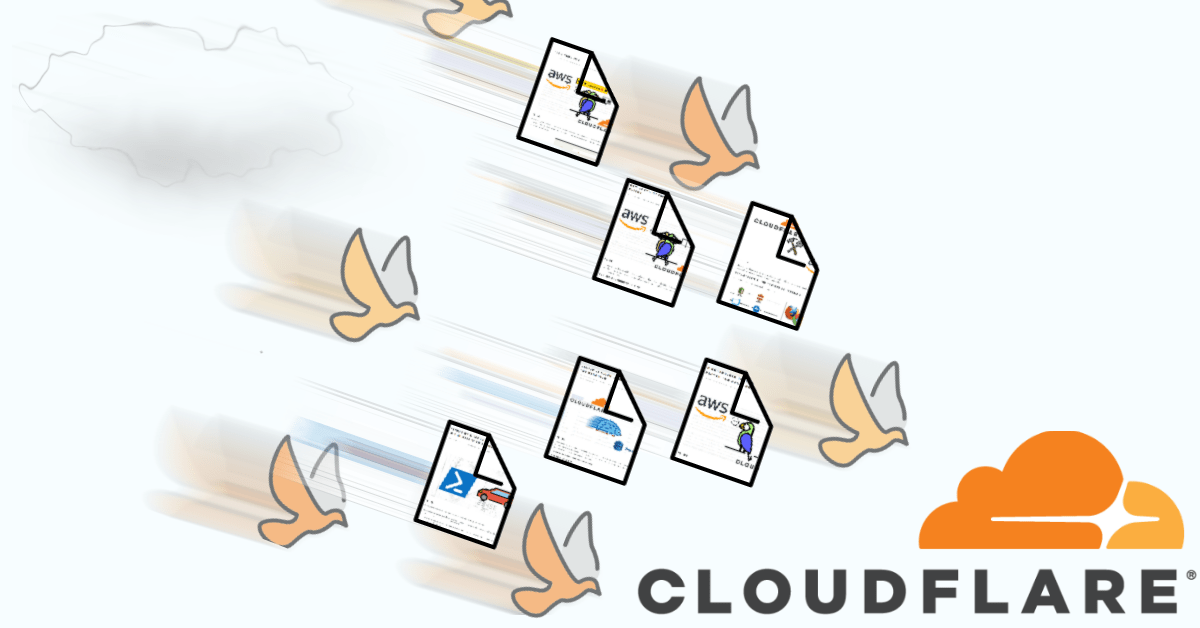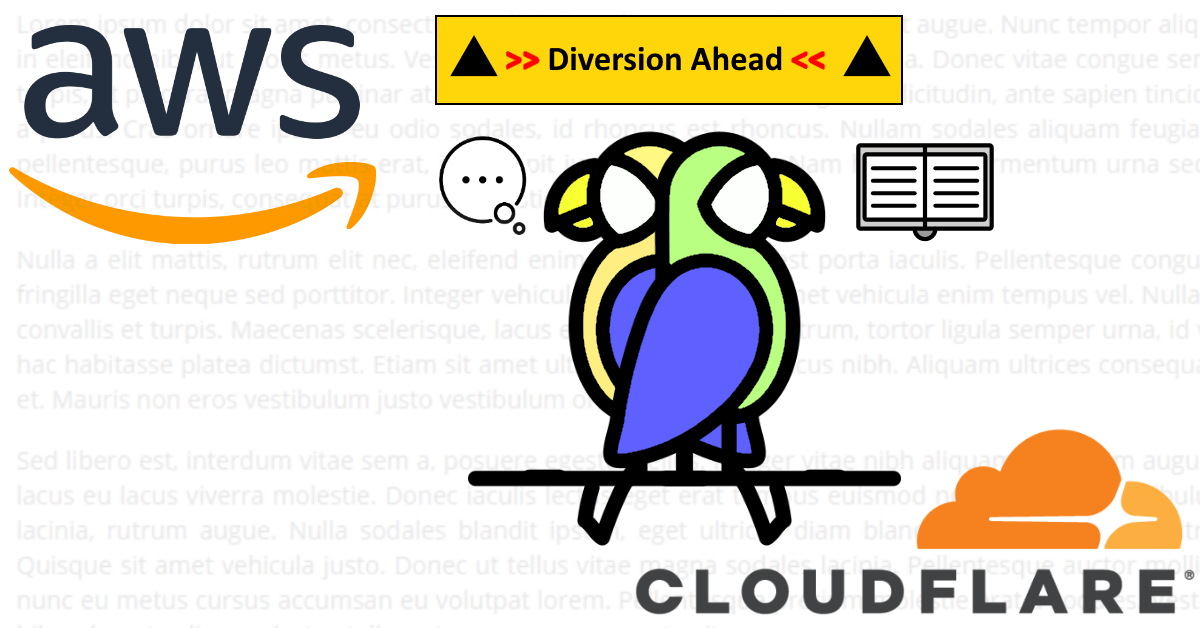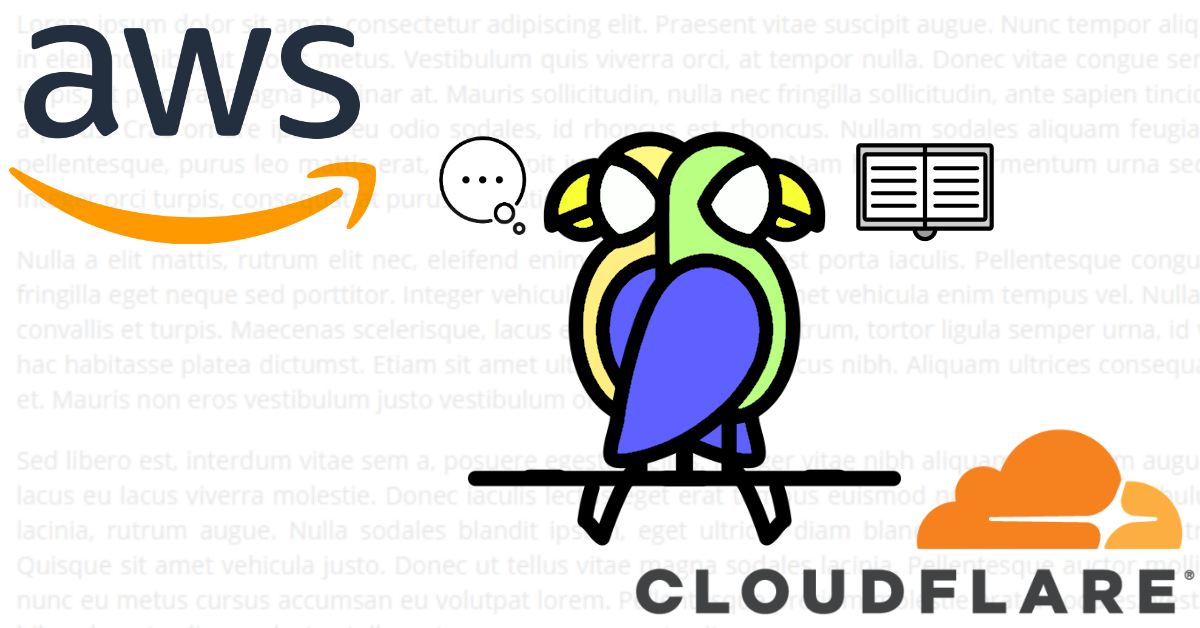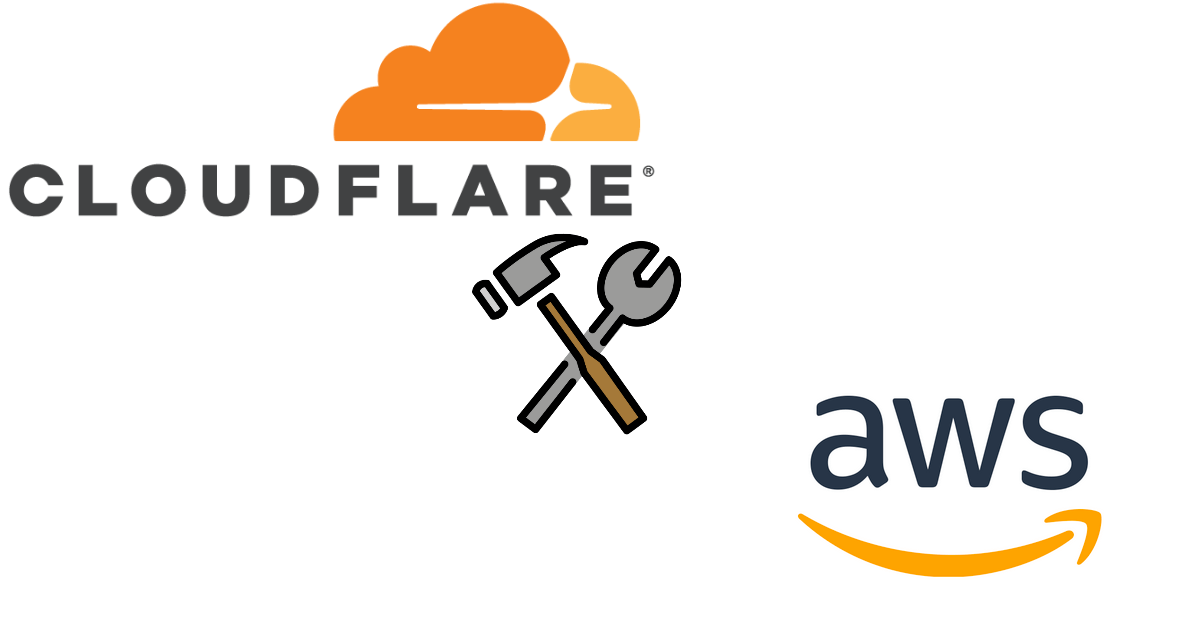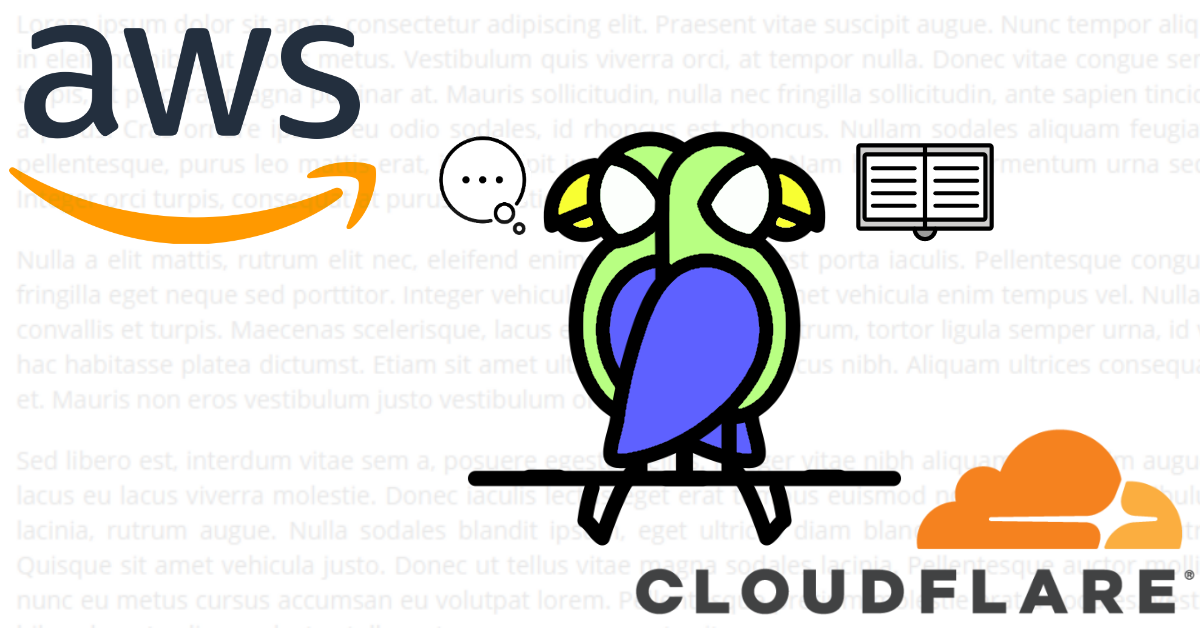Introducing Station Finder
A Cloudflare hosted single page application.
 After migrating my blog to Cloudflare Pages, I wanted to run an application exclusively using Cloudflare products. Inspiration struck on a journey where I was low on fuel in the car.
Introducing Station Finder Station Finder is a single-page application. The goal was to provide a means to locate a fuel station.
Initially, you select a postcode and choose from a dynamically populated list of station results.
A station selection updates the objects on the page to reflect the station choice.
After migrating my blog to Cloudflare Pages, I wanted to run an application exclusively using Cloudflare products. Inspiration struck on a journey where I was low on fuel in the car.
Introducing Station Finder Station Finder is a single-page application. The goal was to provide a means to locate a fuel station.
Initially, you select a postcode and choose from a dynamically populated list of station results.
A station selection updates the objects on the page to reflect the station choice.
